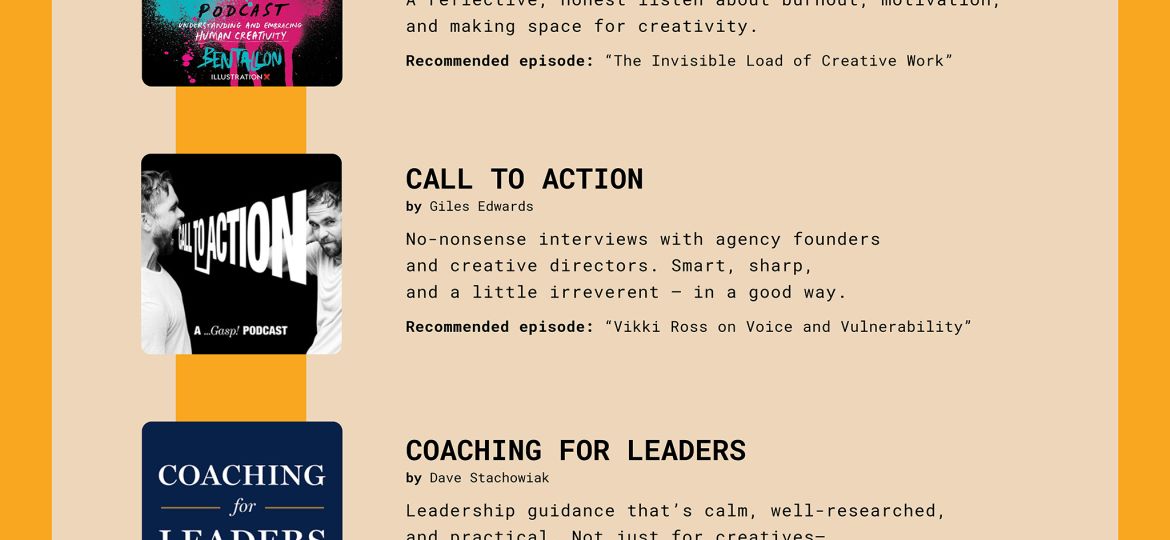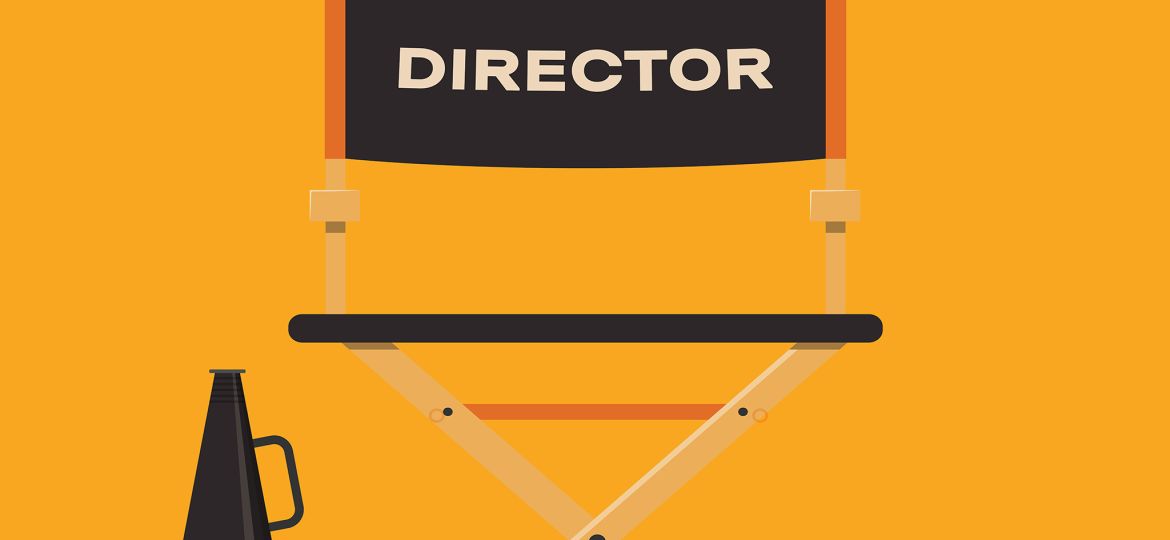Effective communication is the cornerstone of a thriving workplace. When it falters, the repercussions extend far beyond mere misunderstandings, affecting various facets of organizational health.
Diminished Productivity
Ambiguity in communication leads to errors and redundant efforts. Employees uncertain about their responsibilities may inadvertently duplicate tasks or neglect essential duties, resulting in inefficiencies that hinder overall productivity.
Elevated Stress and Declining Morale
Persistent communication issues can foster a stressful environment. Employees may feel undervalued or disconnected when information is inconsistently shared, leading to frustration and decreased job satisfaction.
Increased Employee Turnover
A lack of clear communication contributes to job dissatisfaction, prompting employees to seek opportunities elsewhere. High turnover disrupts team cohesion and incurs additional recruitment and training costs.
Customer Service Challenges
Internal miscommunication often translates to external service failures. When teams are misaligned, the quality of customer interactions suffers, potentially damaging the organization’s reputation and client relationships.
Mitigation Strategies
To counteract these adverse effects, organizations should:
- Establish Clear Communication Channels: Define and utilize appropriate platforms for information exchange to ensure messages are conveyed effectively.
- Foster an Open Dialogue Culture: Encourage employees to voice concerns and ideas, promoting transparency and mutual understanding.
- Provide Communication Training: Equip teams with skills in active listening, clarity in messaging, and cultural competence to enhance interactions.
By proactively addressing communication breakdowns, organizations can maintain a healthy process.
Example Casual Communication Workflow: Creative Team & Marketing Team
A structured workflow ensures smooth collaboration between creative and marketing teams, reducing misalignment and rework. Workflows need to be custom designed for each workplace, however below is a general, practical communication process for these teams.
1. Project Kickoff
Participants: Marketing Lead, Creative Director, Key Stakeholders
Objective: Define goals, deliverables, timelines, and key messaging.
Communication Methods:
- Kickoff Meeting: Live discussion via Zoom or in-person
- Creative Brief: Document shared via Google Docs or Notion
- Project Management Tool: Asana, Trello, or Monday.com for tracking tasks
2. Concept Development
Participants: Creative Team, Marketing Strategists
Objective: Brainstorm and refine creative direction based on marketing goals.
Communication Methods:
- Mood Boards & Inspiration: Shared on Miro or Pinterest
- Drafts & Early Sketches: Uploaded to Figma
- Feedback & Discussion: Slack channel or scheduled check-ins
3. First Draft Submission
Participants: Designers, Copywriters, Marketing Reviewers
Objective: Deliver initial creative assets for feedback.
Communication Methods:
- Asset Submission: Shared in Dropbox, Google Drive, or Adobe Cloud
- Review Process: Comments via Google Docs, Figma, or MarkUp.io
- Check-in Meeting: Quick sync to clarify feedback if needed
4. Revisions & Final Approval
Participants: Creative Team, Marketing Reviewers, Leadership (if necessary)
Objective: Implement feedback, finalize assets, and secure approval.
Communication Methods:
- Revision Rounds: Managed via project management tool
- Final Approval: Documented via email or approval platform (e.g., Filestage)
- Version Control: Clearly labeled file versions in shared drive
5. Asset Handoff & Implementation
Participants: Creative Team, Marketing Team, Developers (if applicable)
Objective: Ensure final assets are properly formatted and ready for use.
Communication Methods:
- Asset Delivery: Organized folders in cloud storage
- Implementation Guide: PDF or Notion doc outlining usage guidelines
- Final Review: Marketing team confirms correct deployment
6. Post-Mortem & Optimization
Participants: Creative & Marketing Teams
Objective: Evaluate what worked, what didn’t, and optimize future workflows.
Communication Methods:
- Wrap-up Meeting: Discussion of successes and pain points
- Performance Report: Marketing shares campaign analytics with creative team
- Workflow Adjustments: Documented process improvements
Key Best Practices
✔ Clear Ownership: Assign responsibilities for each step.
✔ Centralized Communication: Use consistent tools to avoid scattered feedback.
✔ Regular Check-ins: Prevent misalignment by maintaining open dialogue.





